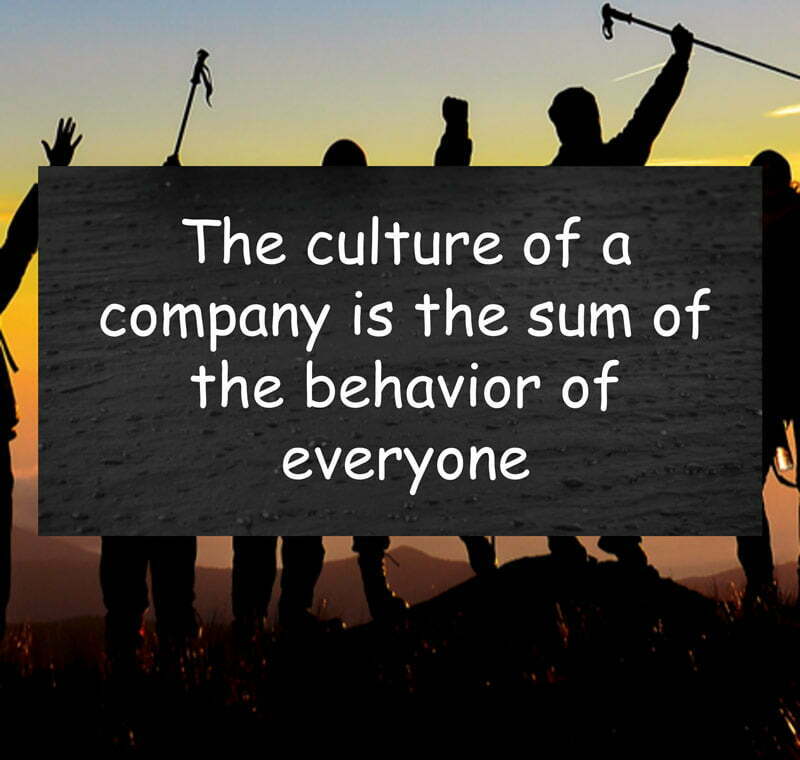Leadership is 5-dimensional
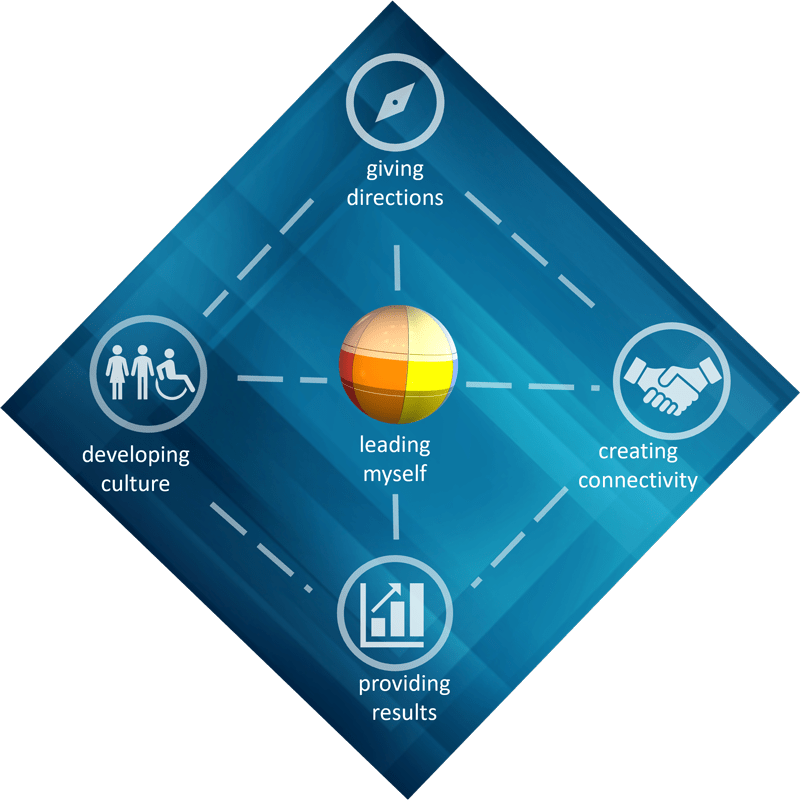
Leadership in the 21st century is subject to great challenges. Expectations are high, flexibility is necessary, creativity and inspiration are standard, empathy and a focus on results are required. Is it any surprise that the profession of leadership is seen as increasingly unattractive? Managing directors and HR managers know how difficult it is today to find motivated junior managers.
EQting develops a new approach to leadership with the Globe of Emotions®. Successful leadership is first defined by the 5 dimensions of leadership. With the reduction to these 5 areas, a roadmap opens up to develop leaders into effective, empathic and thus successful leaders.
Everything begins with self-leadership. How am I supposed to lead others if I can’t lead myself? An old German proverb says: “Preach water and drink wine”.
The leader as role model never relinquishes this role, not even when he or she leaves the company in the evening after work. But there is much more to self-leadership. The development of judgment, a work ethic, performance standards, and even stress tolerance.
In the area of emotions, the focus here is on the development of emotional confidence, i.e. the ability to be in control of one’s emotions and not the other way around, to feel in control of emotions that come up.
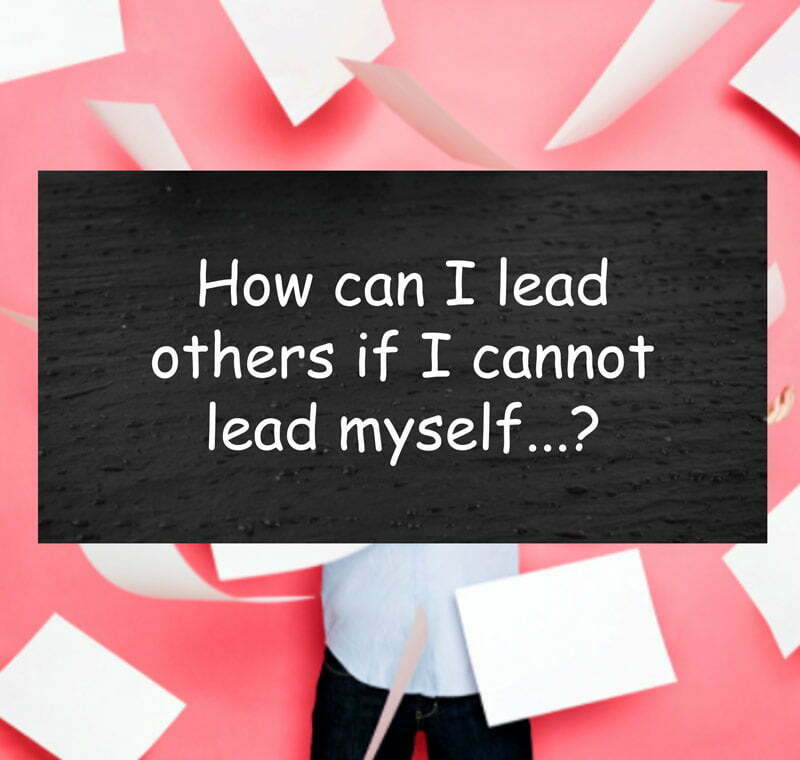
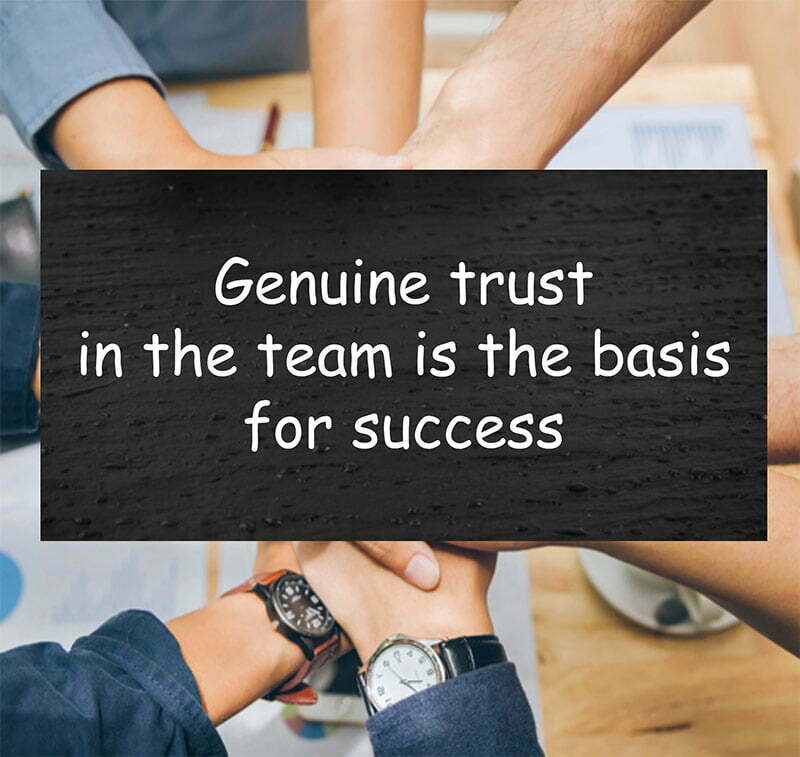
A manager is nothing without his team. Sustainable success can only be achieved as a team. Trust leads to psychological security. If this is lived, a space is created where everything can be said and where the people of a team only talk to each other and no longer about each other.
Trust is a delicate plant. Leaders who are allowed to work and create with a team in a spirit of trust are to be envied. But trust also means hard work – by all members of a team. It is about the sustainable development of good relationships, feedback, recognition and constructive criticism, so that everyone can grow together and everyone feels ready to take on responsibility. Above all, there is basically one term: communication.
Leadership is talking you people onto a journey – if there is no journey, there is no leadership.
Giving direction is again a central element for leadership. Today, we expect a leader to have a motivating vision in mind, the red thread for the future development of the department, division or even the company. We expect the basic attitude of an entrepreneur and the ability to effectively communicate these thoughts and images and make them a reality with the team. We expect high initiative, acting proactively and creatively and also anticipating what opportunities and pitfalls lurk along the way.
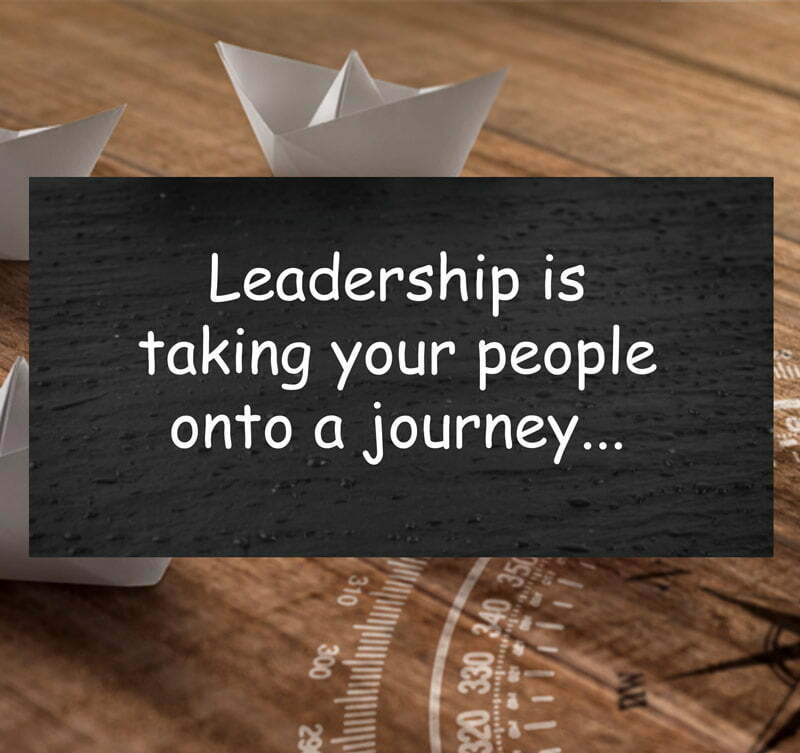
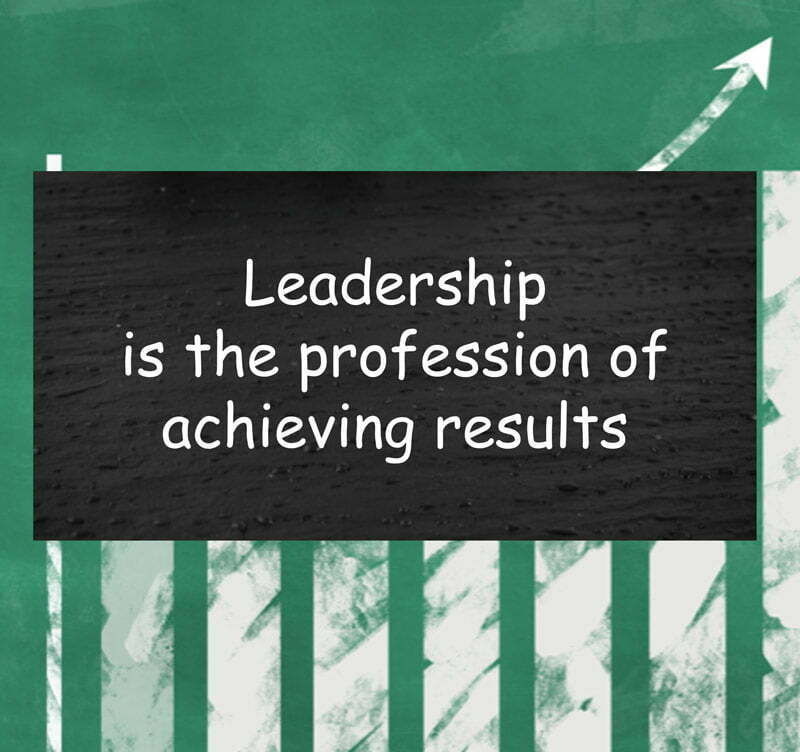
Fredmund Malik once put it so well. Being a leader is not a position, not a title, not a role – it is a profession with a calling. Thus, leadership is an inner attitude. A leader achieves results – with people and with money.
This includes results orientation, quality orientation, performance management, recruiting and a great deal of determination. It’s about staying on course and not losing courage when difficulties arise.
And again, special communication skills are needed to give constructive feedback, to lead the processes to success, with discipline and ambition.
A manager works actively to shape the culture of the department, division or company. A culture cannot be defined, only lived and exemplified and set the best example. It describes the role model function in its purest form.
In this way, constant trust can ensure that employees give their best in the interests of the company. This is how constant feedback can make employees feel seen and appreciated for what they are.
In this way, the players in a company learn that performance is worthwhile, that everyone has the chance to develop according to their strengths and inclinations, and that an open culture of error, for example, leads to courage and creativity.
